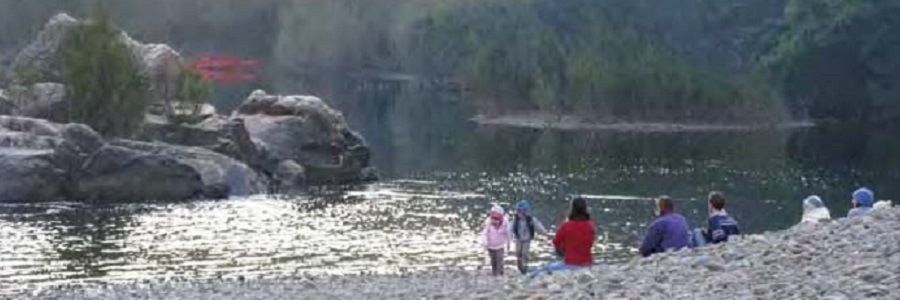Catchment action plan implementation audits

Status:
Advice provided
Advice date:
December 2008 to September 2012
Summary
Prior to the establishment of Local Land Services in January 2014, Catchment Management Authorities (CMAs) developed catchment action plans for their regions.
Between 2008 and 2010, we completed first round of 13 audits of catchment action plan implementation. Nine CMAs demonstrated a very high or high level of effectiveness in implementing their catchment action plans, and four demonstrated a fair level of effectiveness. Our audits provided the Government with an understanding of progress the CMAs were making in effectively implementing their catchment action plans, and delivering social, economic and environmental outcomes in line with the state-wide standard and targets.
The year 2010 was a milestone year for natural resource management (NRM) in NSW. It was the midpoint for implementation of the ten-year state-wide targets and the ten-year catchment action plans.
In December 2010, we used the information from audits and provided to Government a mid-term review of NSW's progress towards healthy, resilient landscapes.
Our review found that:
- Overall, the NSW regional model for NRM is an effective mechanism for supporting land managers to voluntarily manage their land better for both public and private benefit.
- Our audits verified that good projects are being delivered across NSW. These projects are well designed which gave confidence that they are likely to produce good results in the longer term.
- NSW’s NRM institutions are well established and have provided relative continuity over the last six years, in a field that has typically changed regularly.
- CMAs are maturing into credible, regional organisations that are allowing adaptive management to really start working.
- There is a shift occurring in the way we think about and manage natural resources. The theory and practice of NRM is moving away from the conservation-based thinking of restoring landscapes to pre-1750 conditions, and there is a growing understanding that landscapes are made up of human communities and biophysical processes that interact and shape each other, and are constantly changing.
- CMAs are trialling resilience thinking as a new frame for helping communities understand how their catchments are working and where and how they should intervene to keep landscape systems operating in harmony.
These lessons informed five priorities for Government to build more cohesive and collaborative landscape management across all of government and the community:
- implement whole-of-government and community catchment planning
- improve science and knowledge base to better inform decisions
- implement whole-of-government adaptive management
- match funding to landscape need
- design sound policy to complement stewardship.
We developed a set of recommendations that should form the foundation for ongoing improvement in NRM over the next period of catchment action plan implementation.
Key documents
- Progress report - Progress towards healthy resilient landscapes (December 2010)
- Audit report - Sydney Metropolitan (September 2012)
- Audit report - Lower Murray Darling (November 2011)
- Audit report - Murray (December 2010)
- Audit report - Northern Rivers (November 2009)
- Audit report - Southern Rivers (November 2009)
- Audit report - Sydney Metropolitan (November 2009)
- Audit report - Lachlan (October 2009)
- Audit report - Murrumbidgee (October 2009)
- Audit report - Namoi (October 2009)
- Audit report - Border Rivers Gwydir (April 2009)
- Audit report - Central West (March 2009)
- Audit report - Hunter Central-Rivers (March 2009)
- Audit report - Hawkesbury-Nepean (February 2009)
- Audit report - Western (December 2008)
